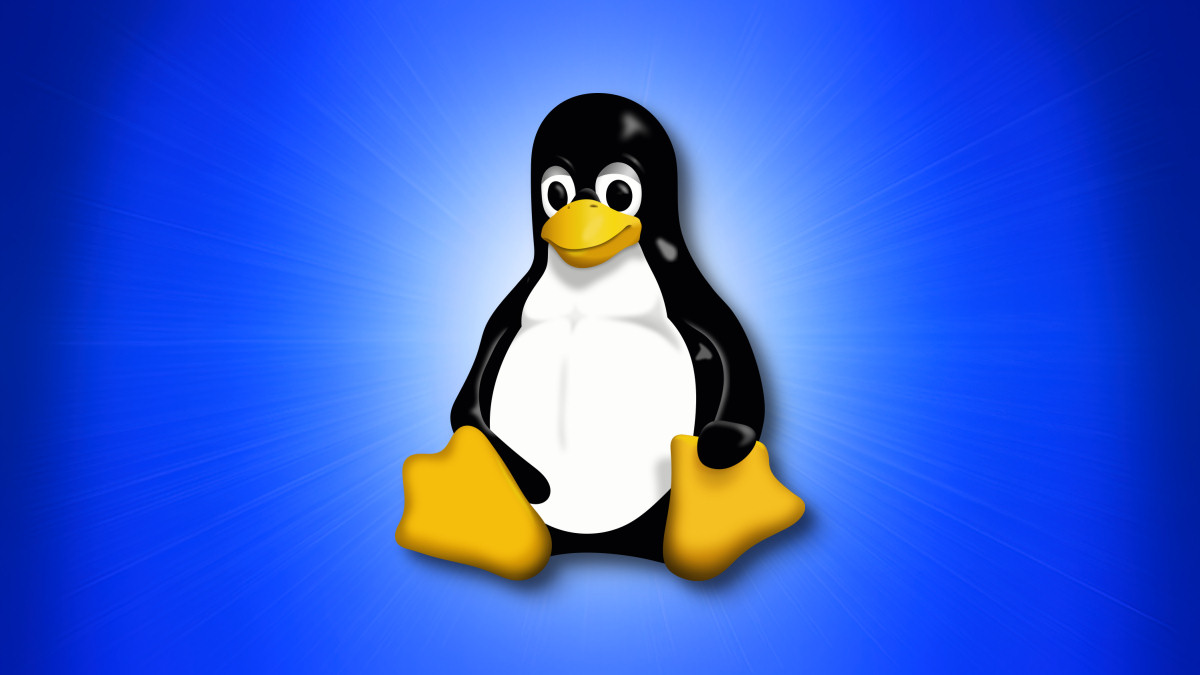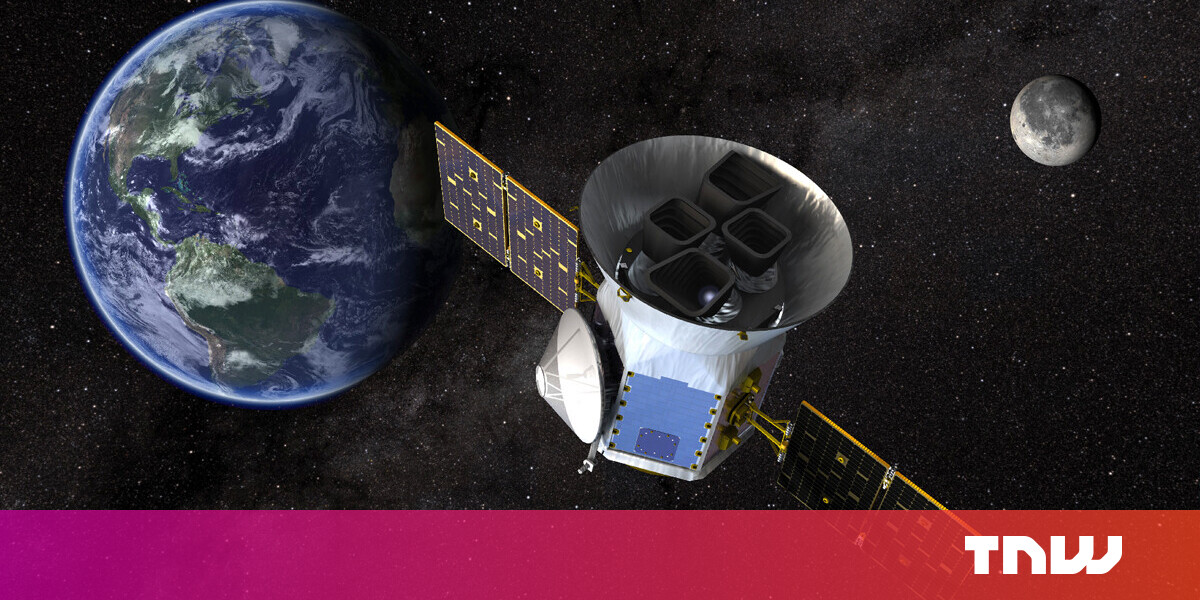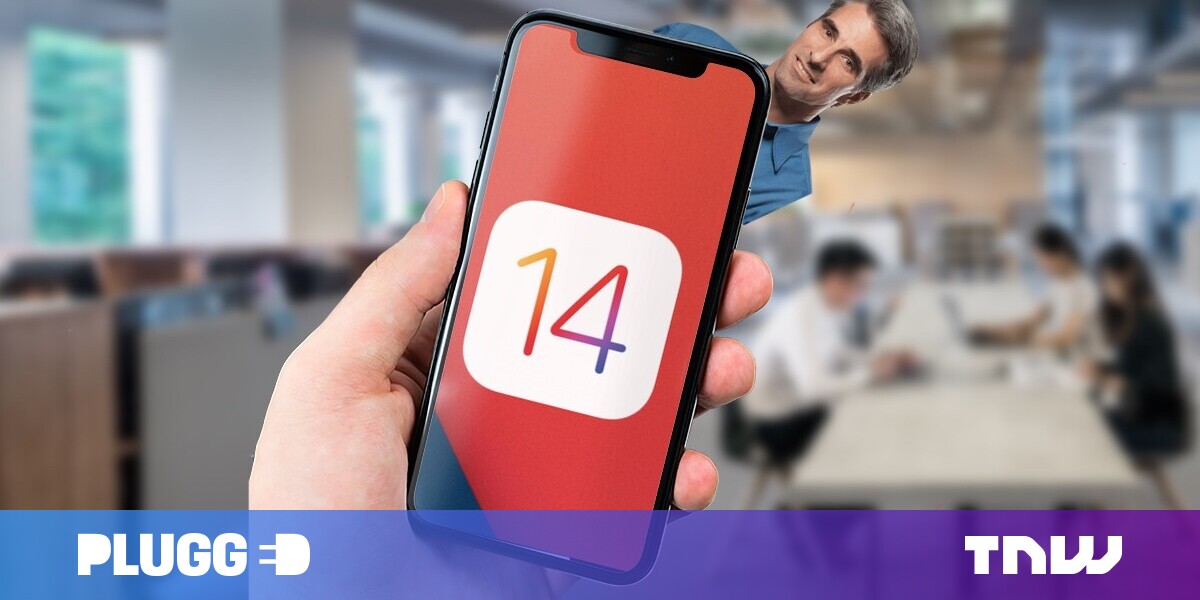#How A Hobby Project Conquered the World

Table of Contents
“#How A Hobby Project Conquered the World”

On September 17, 1991, Linus Torvalds released Linux kernel (version 0.01) for the first time. Here’s a brief look at how a small hobby project grew up and enveloped the world—and what has made Linux endure for so long.
The Dawn of Linux: Everything Big Starts Off Small
Linux originated when University of Helsinki student Linus Torvalds began experimenting with MINIX, a low-cost, UNIX-like operating system developed for the IBM PC by Andrew S. Tanenbaum. Tanenbaum had optimized MINIX for the 16-bit original IBM PC, but Torvalds wanted to use features of his newer, 32-bit 386-based PC with a UNIX-like operating system. To do that, he had to write his own operating system kernel. A kernel is a small program at the core of an operating system that governs how all the other elements of the operating system work.
That kernel became Linux. After experimenting for several months beginning around April of 1991, Torvalds first announced the rudiments of Linux on the comp.os.minix newsgroup on August 25 of that year:
Hello everybody out there using minix –
I’m doing a (free) operating system (just a hobby, won’t be big and professional like gnu) for 386(486) AT clones. This has been brewing since april, and is starting to get ready. I’d like any feedback on things people like/dislike in minix, as my OS resembles it somewhat (same physical layout of the file-system (due to practical reasons) among other things).
I’ve currently ported bash(1.08) and gcc(1.40), and things seem to work. This implies that I’ll get something practical within a few months, and I’d like to know what features most people would want. Any suggestions are welcome, but I won’t promise I’ll implement them 🙂
Linus ([email protected])
PS. Yes – it’s free of any minix code, and it has a multi-threaded fs. It is NOT protable (uses 386 task switching etc), and it probably never will support anything other than AT-harddisks, as that’s all I have :-(.
Linux’s actual launch came without much fanfare on September 17. On that day, Torvalds quietly released version 0.01 of the Linux kernel among friends. The release arrived unannounced on an FTP server. It was such a low-key event that Torvalds only discovered the date in 2016 by looking back at timestamps in his early development files.
Not long after, the word spread and Linux made waves. When combined with open-source tools from GNU, it provided a UNIX-like environment on a standard personal computer without the expensive fees required to license UNIX from AT&T. Those fees ranged from hundreds of dollars to over $1000 per user depending on the vendor.
In the early years of the World Wide Web, Linux became an ideal secure, stable operating system for web server software with an unbeatable price (free) and an open-source collaboration model that invited thousands of developers around the world to continually improve the OS for everyone’s collective benefit.
When cheap embedded devices became powerful enough to run full operating systems in the 2000s, developers often turned to specialized versions of Linux due to its flexibility, stability, low resource requirements, and of course its low cost. Over the past decade, embedded Linux has shipped on hundreds of millions of devices around the world, with numbers possibly ranging into the billions.
As the Linux Foundation noted in its 2020 Kernel History Report, at the time of its initial release in 1991, Linux consisted of 10,239 lines of code and 88 files (and the “distribution” included a single Linux app: a port of the Bash shell pulled from the GNU free software library). It included programming contributions from two people: Torvalds himself and a “vsprintf” routine written by Lars Wirzenius. Today, Linux contains over 28 million lines of code in 69,325 files. The Linux kernel now also supports over 30 hardware architectures, with programming contributions from over 21,000 developers since 2005.
A Few Great Moments in Linux History
Over Linux’s 30-year history, there have been many important milestones, achievements, releases, and company foundings. Here are just a few of the highlights.
- August 24, 1991: Linus Torvalds announces Linux on the comp.os.minix Usenet newsgroup.
- September 17, 1991: Torvalds releases Linux kernel v0.01, the first-ever Linux release.
- February 1, 1992: Linux officially becomes open source with a GNU software license.
- March 1992: Linux Kernel 0.95 becomes the first version of Linux capable of running the X Window System GUI, giving Linux a desktop graphical interface for the first time.
- July 17, 1993: Patrick Volkerding releases Slackware Linux for the first time—an important early Linux distro and the oldest still maintained today.
- March 26, 1993: Red Hat is founded by Bob Young and Marc Ewing. Red Hat would go one to become one of the most successful commercial Linux software vendors.
- March 14, 1994: Torvalds releases Linux 1.0.0, the first production version of the kernel.
- August 16, 1993: Ian Murdock founds The Debian Project, which soon releases a popular Linux distribution.
- 1996: Larry Ewing creates the mascot for Linux, Tux the penguin.
- February 22, 2000: Red Hat releases Red Hat Enterprise Linux, an important step toward the large-scale adoption of Linux among businesses.
- December 12, 2000: IBM announces it is investing $1 Billion into Linux development.
- October 20, 2004: Canonical releases Ubuntu 4.10 (Warty Warthog), the first release of the Ubuntu Linux distribution.
- November 5, 2007: Google announces Android, a mobile OS running a modified Linux kernel. Android would go on to be used in over 3 billion active devices around the world in May 2021.
- July 7, 2009: Google announces Chrome OS, a lightweight OS focusing on web-based apps, derived from Gentoo Linux.
- October 20, 2014: Microsoft CEO Satya Nadella says “Microsoft loves Linux,” contradicting previous Microsoft executives like Steve Ballmer who called Linux a “cancer.”
- July 3, 2019: IBM acquires Red Hat for $34 billion.
- February 18, 2021: Linux lands on Mars as part of the Ingenuity helicopter on the Perseverance rover.
Linux Is Everywhere
In 2021, it seems like Linux is everywhere you look—on earth and in space. Elements of Linux power millions of embedded smart devices, smart fridges, tablets, game consoles, smartphones, web servers, supercomputers, and more. NASA even runs Linux on the International Space Station. Speaking of space, certain satellites (tens of thousands made by SpaceX in particular) and planetary probes run Linux as well.
Linux has been a commercial boon for the computer industry, providing a solid, reliable OS that is used across many industries and vendors. Also, large companies such as Red Hat (now part of IBM) have grown highly successful thanks to Linux. While desktop Linux use still hasn’t taken off, there’s no sign of Linux adoption slowing down in other areas. In a recent message to Linux developers, Torvalds acknowledged the 30th anniversary and wrote, “We have another 30 years to look forward to,” forecasting the continued importance of Linux into the future. We have every reason to believe him.
Use Linux Yourself Today
If you’d like to try using Linux today, there are plentiful options available. If you run Windows, you can install the Windows Subsystem for Linux (WSL) that runs in both Windows 10 and Windows 11. It allows you to use command-line Linux software seamlessly on your Windows machine side-by-side with your usual apps.
Also, you could try a standalone desktop Linux distribution such as Ubuntu or Elementary OS. Many people dedicate a separate PC for Linux, but you can also run Linux in a virtual machine (on a Mac or PC) or dual-boot multiple operating systems (such as Linux and Windows) on the same machine if you’re feeling more adventurous. Any way you try it, you’ll discover a rich platform beloved by many top-notch software developers around the world. Happy birthday, Linux!
If you liked the article, do not forget to share it with your friends. Follow us on Google News too, click on the star and choose us from your favorites.
For forums sites go to Forum.BuradaBiliyorum.Com
If you want to read more like this article, you can visit our Technology category.



